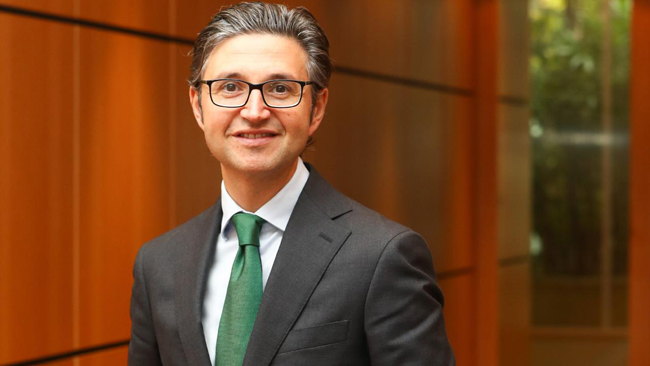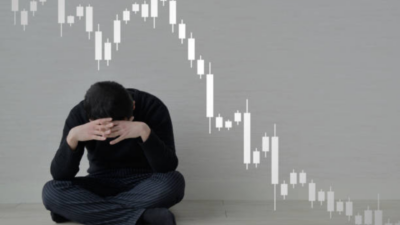As it passes $50b: here’s the state of the ETF market
ASX-listed exchange-traded funds and exchange-traded products, such as actively managed listed funds, have become a phenomenon in the past few years, after a slow start. The latest rankings show that smaller organisations are competing well against the world’s largest fund managers.
BetaShares, one of those smaller organisations, has observed in its latest industry-wide report, for the six months to June, that the pace of growth in ETFs is actually on the rise. BetaShares is the largest provider of listed-fund strategies by number of ETFs and the third largest by aggregate asset size.
One of the interesting aspects of the ETF market is that institutional investors, such as big super funds, are increasingly using ETFs. They use them mainly to tilt a portfolio for tactical reasons, but also, sometimes, to allow their members to get better access to a wider range of investment strategies.
Alex Vyonkur, the chief executive of BetaShares, said: “Over the past few years, ETFs have become a popular choice for Australian investors to diversify their portfolios, which were traditionally very skewed towards local equities. Australian investors now have access a wide range of ETFs, providing them with the tools to invest into all major asset classes, sectors and regions. At $50 billion we believe that the Australian ETF industry is now well and truly ‘on the map’.”
The growing investor appetite for ETFs is important to the institutional world and so is the increasing diversity of both product and providers. According to BetaShares, this is the status as of June 30:
. By asset size, Vanguard has the most dollars in the total of Australian-domiciled ETFs. The rankings, by dollars, are: Vanguard, BlackRock (known as iShares), BetaShares; and SSgA (State Street, known as SPDRs).
. By numbers of ETFs, though, BetaShares is by far the leader with 52 as of June 30, according to the report. The manager has subsequently added another one. BetaShares is the only major manager that operates an open-architecture approach, allowing other fund managers to access its ETF platform. For BetaShares, they include big managers such as Legg Mason and AMP Capital.
. By fund flows in the six months to June 30, number one was Vanguard, with $1.71 billion, followed by BetaShares with $947 million, then BackRock’s iShares with $824 million and Vaneck with $540 million.
Passive index products received the vast majority of inflows for this half year (82 per cent), while Active and Smart Beta exposures each received 9 per cent share of flows, Vyonkur said.
“At an issuer level, the inflows into the ETF industry so far this year have been slightly more concentrated than in 2018, with the two largest issuers for flows, Vanguard and BetaShares, receiving approximately 60 per cent of the industry net inflows combined,” he said.
“Strong share market performance saw geared share exposures perform the strongest during this period, with the BetaShares Geared Australian Equity Fund (hedge fund) (ASX: GEAR) up 45 per cent and the BetaShares [the ‘Geared US Equity Fund), up 41 per cent for the half year.
“Product development was somewhat muted, with only seven new products launched, compared to ten new products launched in the first half of 2018. Despite the slow launch of new products so far, we do expect this to pick up in the second half of the year,” he said.
“Given the fast growth of the Australian ETF industry in the first half, we are also upgrading our forecast for industry FUM by the end of 2019 from $50-$55 billion – which we anticipated at the beginning of the year – to a range of $55-$60 billion.”
BetaShares is owned and managed by its Australian-based management team, including founders Alex Vyonkur and head of sales, Ilan Israelstam, along with a strategic shareholding from Mirae Asset Global Investment, Korea’s largest asset management firm. As at June 2019, Mirae managed over US$130 billion.
– G.B.










